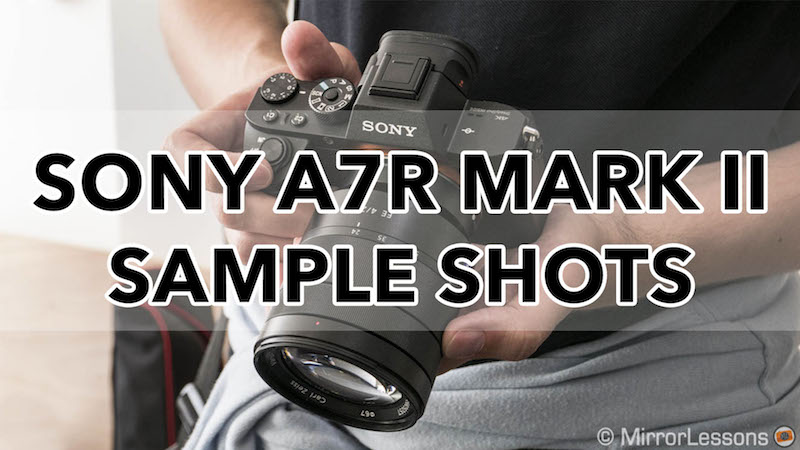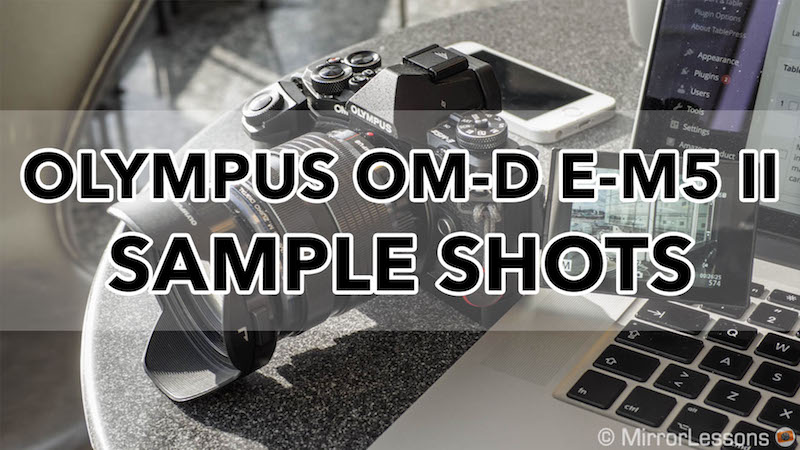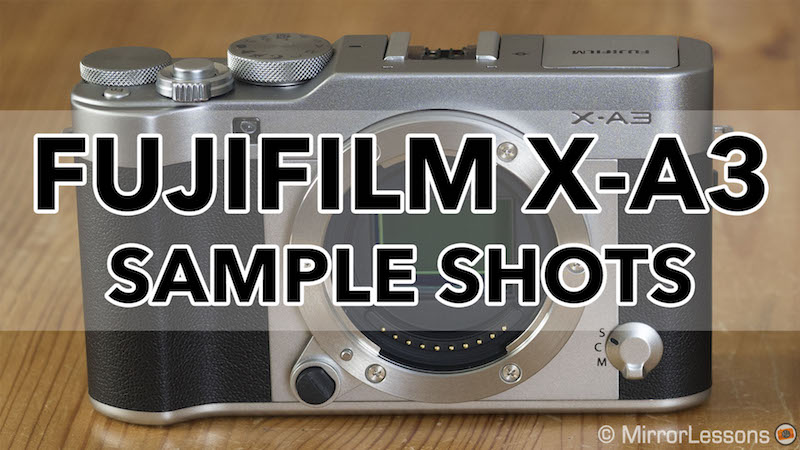The Olympus OM-D E-M1 was the second model in OM-D series after the original OM-D E-M5. The official replacement for the E-5 DSLR, its arrival signified the end of Olympus’ range of Four Thirds DSLR cameras and the brand’s full commitment to the Micro Four Thirds format.
Author's Bio and Articles
Heather Broster
Heather Broster co-founded Mirrorless Comparison and has produced several reviews and comparisons for the website as well as our YouTube channel. A passionate photographer since her 14th birthday, she loves macro, butterflies, instant cameras and taking pictures of people at events.
Gallery of Sony A7r II Sample Images (RAW & SOOC JPGs)
The Sony A7r II is a full-frame mirrorless interchangeable lens camera in the Sony E-mount range. It took the place of the first generation A7r in 2015 and has since been succeeded by the A7r III.
Gallery of Olympus OM-D E-M5 Mark II Sample Images (RAW & SOOC JPGs)
The Olympus OM-D E-M5 mark II was the highly anticipated successor to the popular OM-D E-M5 model. It had more advanced video characteristics than any other Olympus model before it, such as Full HD recording at 24p, 25p, 30p, 50p, and 60p with bitrates of up to 77Mbps, a multi-angle screen that flips out to one side and 5-axis stabilisation with five stops of compensation rather than four for improved hand-held recording. It was also the first model to feature Olympus’ High Resolution Mode that produces a 40MP JPG or 64MP RAW file by combining 8 shots in-camera.
Gallery of Panasonic Lumix GX8 Sample Photos (RAW & SOOC JPGs)
The Panasonic Lumix DMC GX8 is a mirrorless interchangeable lens camera that uses the Micro Four Thirds mount. The successor to the popular Lumix GX7, it was the first Micro Four Thirds model to feature a sensor with 20.3MP instead of 16MP and the first Lumix to have built-in Dual I.S. (image stabilisation).
Gallery of Fujifilm X-A3 Sample Shots (RAW & SOOC JPGs)
The Fujifilm X-A3 is an entry-level model in the X-A range of Fujifilm’s X Series. It replaced the X-A2 and was later succeed by the X-A5. Although it bears a strong resemblance to the high-end models in Fujifilm’s range thanks to its retro design, there are fewer manual dials and the interface is more beginner friendly, not to mention that it is much more affordable. What’s more, unlike most X series cameras, it features a standard Bayer sensor rather than an X-Trans sensor.




